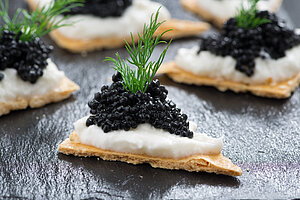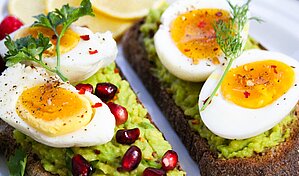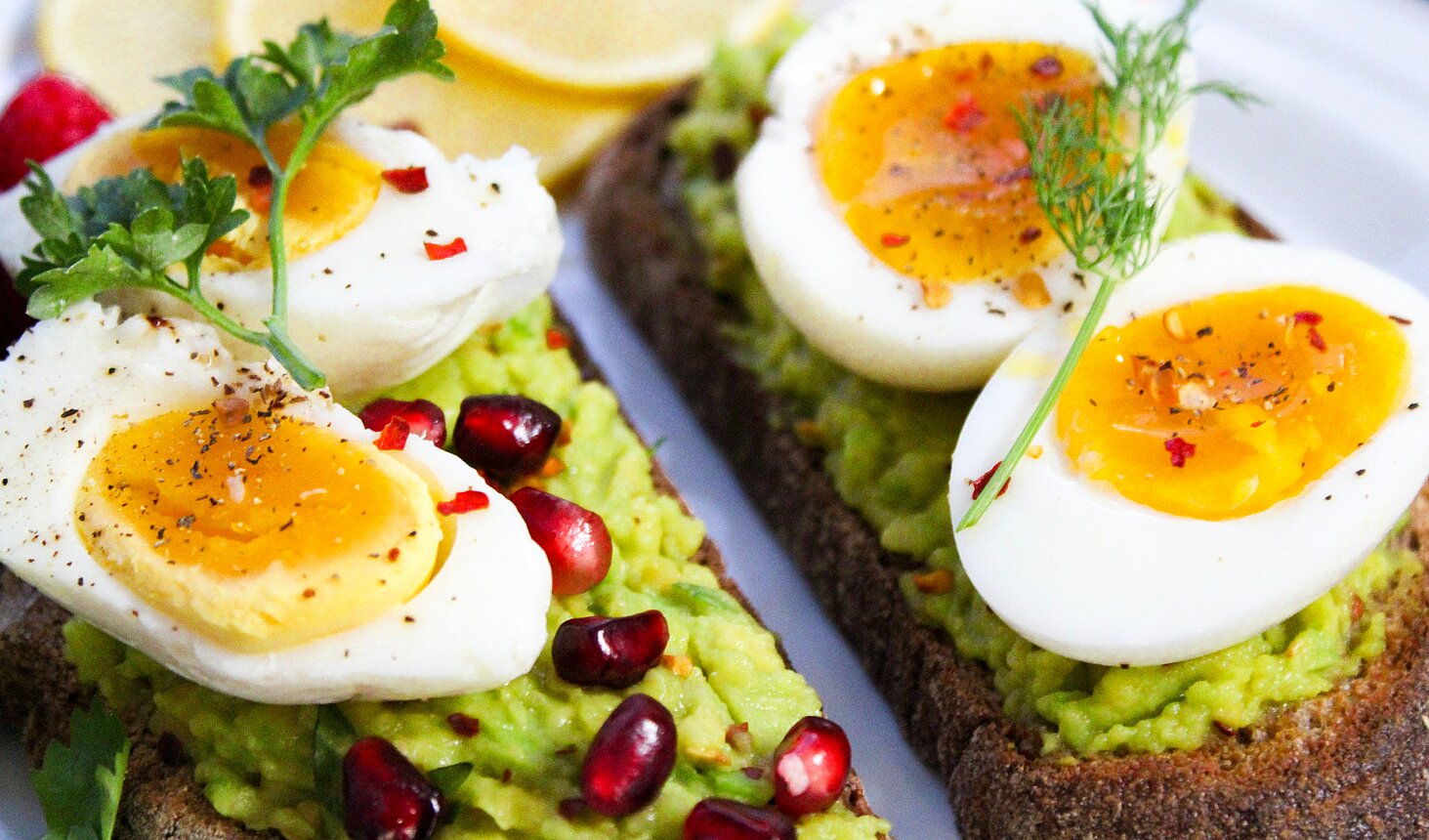 When making purchasing decisions, consumers tend to fall into one of two camps — quality or quantity. Many go back and forth between the two, depending on factors like income, budget, and availability of goods. They may be influenced by peer pressure or brand loyalty. Product differentiation and perceived value could also play a role.
When making purchasing decisions, consumers tend to fall into one of two camps — quality or quantity. Many go back and forth between the two, depending on factors like income, budget, and availability of goods. They may be influenced by peer pressure or brand loyalty. Product differentiation and perceived value could also play a role.
The economy is also a major factor, especially in recent years. Concerns about inflation, flagging job growth, and fears of recession impact consumer sentiment and spending habits.
Even so, consumers on a tight budget will indulge in selective splurges, especially for items they perceive to be affordable luxuries, like higher-end menu offerings.
If a consumer is willing to spend a few bucks on a classic milkshake, for example, they might lay out a little more for the added value and heightened experience of a luxury milkshake with sauces, toppings, and more.
What leads consumers to trade up on elevated menu items? How can businesses in the food and beverage industry plan their menus and sales strategies to take advantage of this consumer trend?
 What Are Affordable Luxuries?
What Are Affordable Luxuries?
A luxury item could be anything a consumer indulges in but doesn’t necessarily need. While everyone needs food, there’s a big difference between pure sustenance (cheap pantry staples like rice and beans) and splurges (like filet mignon or caviar).
What defines affordable luxuries when it comes to food purchases? What makes a meal indulgent without breaking the bank? Trading up on a menu typically involves increasing the quality of standard fare, but it could also mean swapping in uncommon alternatives to meet consumer demand.
For example, some restaurants are moving away from the oversaturated avocado toast market to offer breakfast items with nutritious, high-protein beans and pulses.
London restaurant Fallow’s brunch menu offers “No Avo” on Sourdough, featuring crushed English peas, smoked curds, coriander, and walnut dukkah, transforming the humble legume into a splurge-worthy toast topper. Consumers get the same luxury vibe at a slightly lower price point that still feels indulgent.
Hash browns are enjoying a glow-up as well, with restaurants like Art’s Café in San Francisco offering sandwiches featuring bulgogi beef, dakgogi chicken, hot links, and more encased in a crusty shell of shredded potatoes.
Small plate hotspot Central Provisions in Portland, OR, takes it to the next level with locally sourced ingredients and menu items like the Okonomiyaki Hashbrown, featuring potatoes topped with suckling pig, bonito aioli, and kabayaki.
Related: Top Trends and Trendscope Insights from the 2024 NYC Summer Fancy Food Show
 How to Encourage Trading Up
How to Encourage Trading Up
There are a couple of ways to encourage consumers to upgrade to more luxurious and expensive menu items.
First, you need to create options that meet consumer demand. Avocado toast fatigue is real, and consumers are keen to find a novel replacement that fits the same niche. Using organic, plant-based, and locally sourced ingredients can also be a draw.
Once you’ve developed thoughtful menu upgrades, you need to let people know about them. Social media campaigns and announcements through your website and newsletter are a great place to start.
You also have to position new dishes as selective splurges that are worth the price. Working with social influencers can help to paint new dishes as high-value while creating emotional connections with your brand.
Find more trends and exciting insights in our weekly newsletter HERE
Setting and Meeting Consumer Expectations
It’s not always easy to balance a feeling of luxury with affordable pricing. It may come down to creating a certain perception while setting consumer expectations around what qualifies as luxury.
Sustaining an affordable luxury image requires thoughtful and consistent branding, paired with elevating humble food items to luxury status with innovative menu development. When done right, you can not only manage consumer expectations but also drive long-term success in the affordable luxury space.





